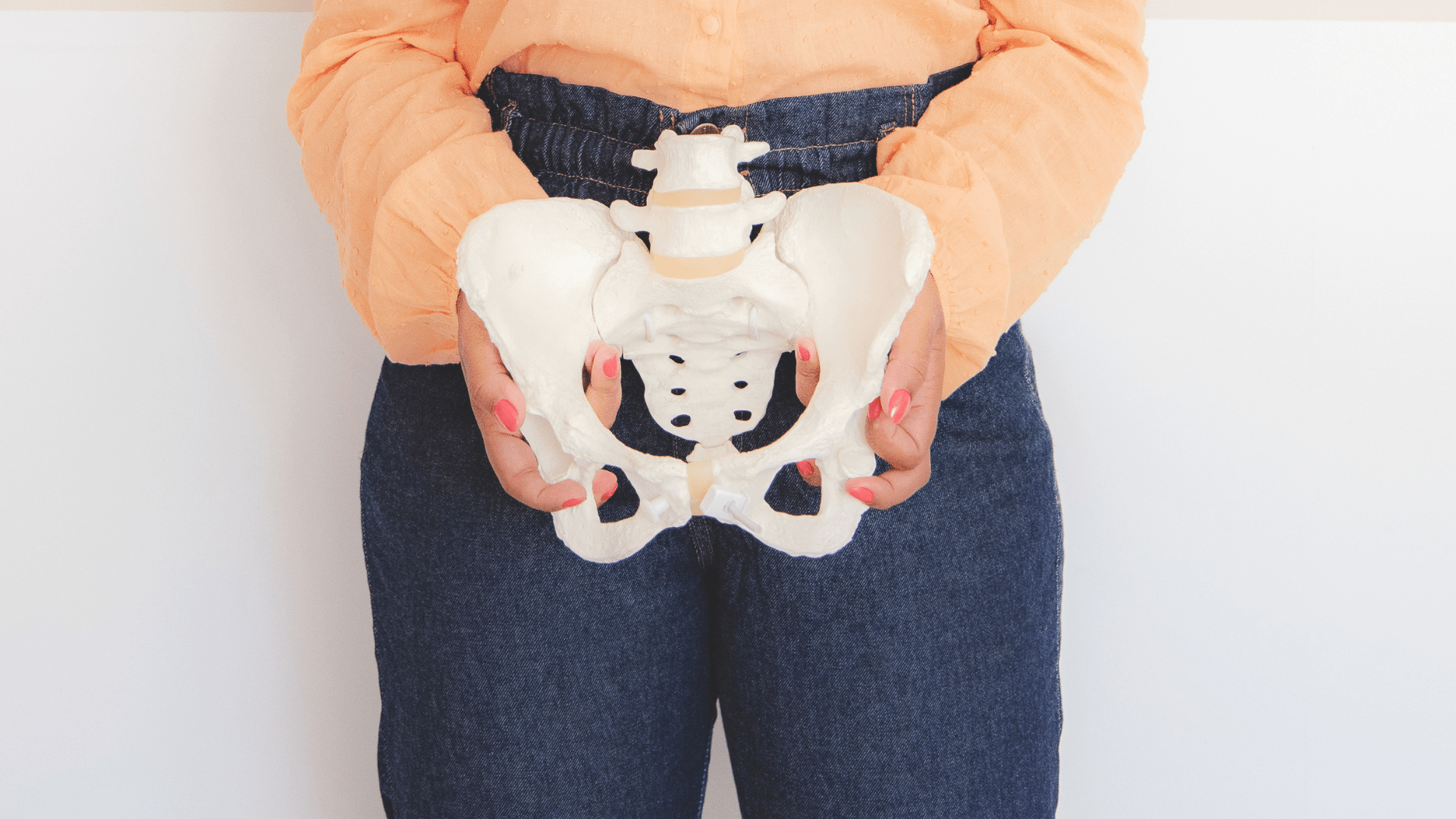Picture this: The weather is cold, the lights are low, your sex playlist and bae are hitting just right. It was nice, fun, and maybe even magical. Fast forward a few months, and you’re at the clinic for a routine test like a responsible babe, only for you to be hit with, “I’m sorry, but you have an STI”. Or you take a pregnancy test and you see two very bold lines appear on the stick.
Now you’re thinking back to that night and wondering if magic truly happened because you are sure you used a condom. The real question is, did you use it properly?
Here’s a real fact: Condoms are 98% effective when used the right way. Yes, there is a 2% chance they can fail, but honestly, with the way some of us use them, that 98% is very shaky and drops to about 85%. Everyone swears they know what they are doing, but the truth is, most of the time, you are doing it wrong and making little mistakes you’re not even aware of.
So, let’s talk about these little condom mistakes you and your partner are making and how to stop them before you end up panic-Googling at 3 am about whether you can get pregnant even while using a condom.

Mistake 1: Using Expired Condoms
Condoms don’t last forever. Latex, the material most condoms are made out of, wears out over time. Using an expired condom means higher chances of breaks and tears. Basically, you’re opening up the gates to STIs and a near future filled with baby diapers.
Fertitude Advice: It might be a bit hard to do in the heat of the moment, but always check the condom wrapper for the expiry date. Expired condoms = expired protection.
Mistake 2: Bad Storage Habits
A lot of people are on this table. Storing condoms in wallets, back pockets, or in the glove compartment of your car is a bad idea. Heat, friction, and sunlight can actually weaken condoms, and keeping them in these places can damage them before you even use them.
Fertitude Advice: Store condoms in a cool and dry place like a drawer or bedside table. If you’re carrying one around, don’t let it live in your wallet forever; it is not an ID card.
Mistake 3: Using Your Teeth
Opening the condom with your teeth looks like a scene out of a sexy movie, until you actually cause tiny and often invisible rips in the condom without you even realising.
Fertitude Advice: Use your fingers, not nails, teeth, or any other weapon of mass destruction, to tear off the serrated edge carefully. Save the theatrics for the sex moves.
Mistake 4: Using Double Condoms
Using two condoms at once sounds like extra protection, right? WRONG! Two condoms at the same time create extra friction as they rub against each other. More friction increases the likelihood of it breaking.
Fertitude Advice: One condom worn properly per round is enough.
Mistake 5: Forgetting to Pinch the Tip
The little reservoir tip at the end of the condom isn’t for decoration; it is where the semen collects. If you don’t pinch the tip while rolling the condom on, it increases the risk of breakage. Air bubbles can form, pressure can build up, and the condom can go BOOM.
Fertitude Advice: Pinch the tip with one hand and roll with the other. It’s easy, quick, and saves you from a whole lot of stress and worry in the future.
Mistake 6: Using Oil-Based Lubes
Lubes are great; they make things smoother, better, and easier. What you might not know is that not all lubes are condom-friendly. Oil-based lubricants like petroleum jelly (Vaseline), baby oil, coconut oil, or shea butter can weaken latex condoms. The result? More chances of breakage, leakage, and unwanted surprises.
Fertitude Advice: Stick to water-based or silicone-based lubes with latex condoms. If you must use oil-based lubes, use them with condoms made of polyurethane or polyisoprene.
Mistake 7: Not Rolling It Down Fully
If you don’t roll the condom down all the way to the base, it won’t stay secure. It can slip off mid-action or leave parts of the penis exposed, increasing the risk of transmission of skin-to-skin genital STIs like herpes or HPV (genital warts)
Fertitude Advice: Your condom is not a crop top. Always unroll it fully so it hugs the penis from top to bottom.
Mistake 8: Thinking Size Doesn’t Matter
Size does matter, at least when it comes to condoms. A condom that is too tight and uncomfortable might break, and if it’s too loose, it can slip off mid-action.
Fertitude Advice: Condoms come in various sizes. Find your perfect fit and use (or make sure your partner uses) the one that fits snugly and comfortably.
Mistake 9: Using the Same Condom for Oral, Anal, and Vaginal Sex
This is a one-way, all-expense-paid ticket to the land of infections. Bacteria from the anus can be transferred to your vagina or mouth, leading to infections like Urinary Tract Infections (UTIs) or STIs.
Fertitude Advice: Each zone deserves its own fresh condom. You wouldn’t use the same spoon for soup, ice cream, and rice. The same principle should apply to your condom use.
Mistake 10: Taking It Off Too Late
Leaving the condom on for too long after you’ve finished is like locking your gate after the thief has already entered. After ejaculation, if the penis softens and you don’t hold the base of the condom while pulling out, it can slip off inside your partner. That means the STIs and pregnancy you were trying to avoid have walked right in.
Fertitude Advice: After climax, hold the base of the condom so it doesn’t slip off, and pull out while still erect. Waiting too long can cause leaks.
Final Thoughts
Condoms are the only means of contraception that can protect you from both STIs and pregnancy at the same time, if used properly.
Share this article with your partner and friends to know how to avoid these mistakes because good sex is safe sex.





